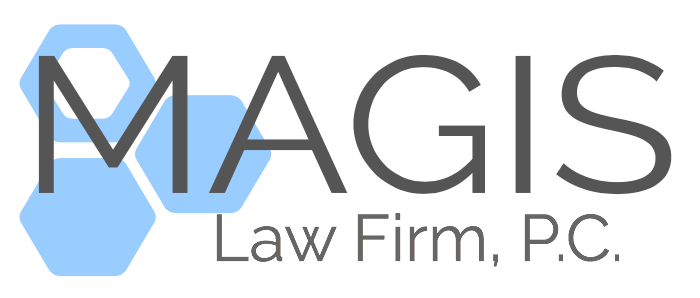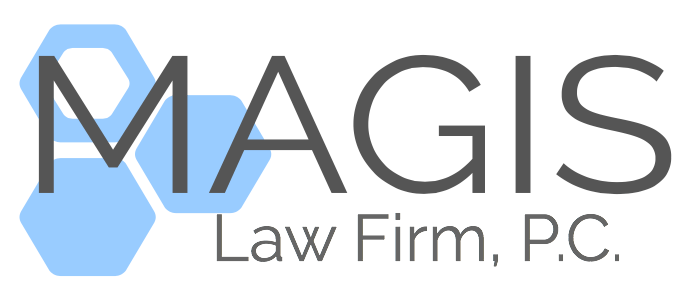Certain companies and investors, particularly in the healthcare technology and telehealth sphere, may run afoul of the Corporate Practice of Medicine Doctrine (CPOM). Corporations may have a vested interest in starting healthcare and healthcare technology companies, but healthcare laws are promulgated, generally, for health care providers and medical professionals. Profits and patients are not often words written in the same sentence, as the honorable medical field is chosen by those individuals who are best suited for healing.
The CPOM restrictions are designed to decrease the profit-oriented direction the medical field was heading into, and prevent medical management companies from interfering in the how medicine is practiced. More specifically, the CPOM, adopted in some form in most states, restricts ownership of an entity that bills and collects for healthcare services to licensed healthcare professionals. The public policy intention behind the CPOM is to avoid corporate interests from making or influencing decisions that would adversely affect patient care. The CPOM can present an obstacle to telehealth companies that bill and collect for healthcare services that are (a) founded or owned by unlicensed or non-healthcare professionals or (b) seeking investment from unlicensed or non-healthcare professionals.
The solution that creates a comparable structure for unlicensed or non-healthcare professionals to be involved in the service of healthcare is to create a complex contractual and organizational structure known as the “Captive P.C.” model. Under the Captive P.C. model, the proper licensed healthcare professionals own a professional corporation (the P.C.) that bills and collects for healthcare services, and the P.C. contracts with another entity owned by the unlicensed or non-healthcare professionals (the “management company”) to provide comprehensive, turnkey management and organizational services for the P.C. The corporate and financial structure of the captive P.C. model must take both the federal Stark law and Anti-Kickback Statute into consideration, as well as any similarly applicable state regulations that would impact this relationship. This means that the flow of revenue from the P.C. to the management company must be evaluated for fair market value, cannot take into account the volume or value of referrals, and, depending on the state, may not rely on a percentage of revenue or profits. The end-result is an arms-length, contractual relationship (as opposed to an ownership relationship) between the management company and the P.C.
Matthew DeNoncour, Esq. is the principal attorney and owner of Magis Law Firm, a boutique law firm based in Boston, with offices in Providence, Miami, and Fort Myers, where he provides legal services to the healthcare, life science, and technology industries. You can reach Matt at magislawfirm.com, by phone at 866-277-8680 or by email at mdenoncour@magislawfirm.com. This post is not meant to be legal advice: learn more here.



